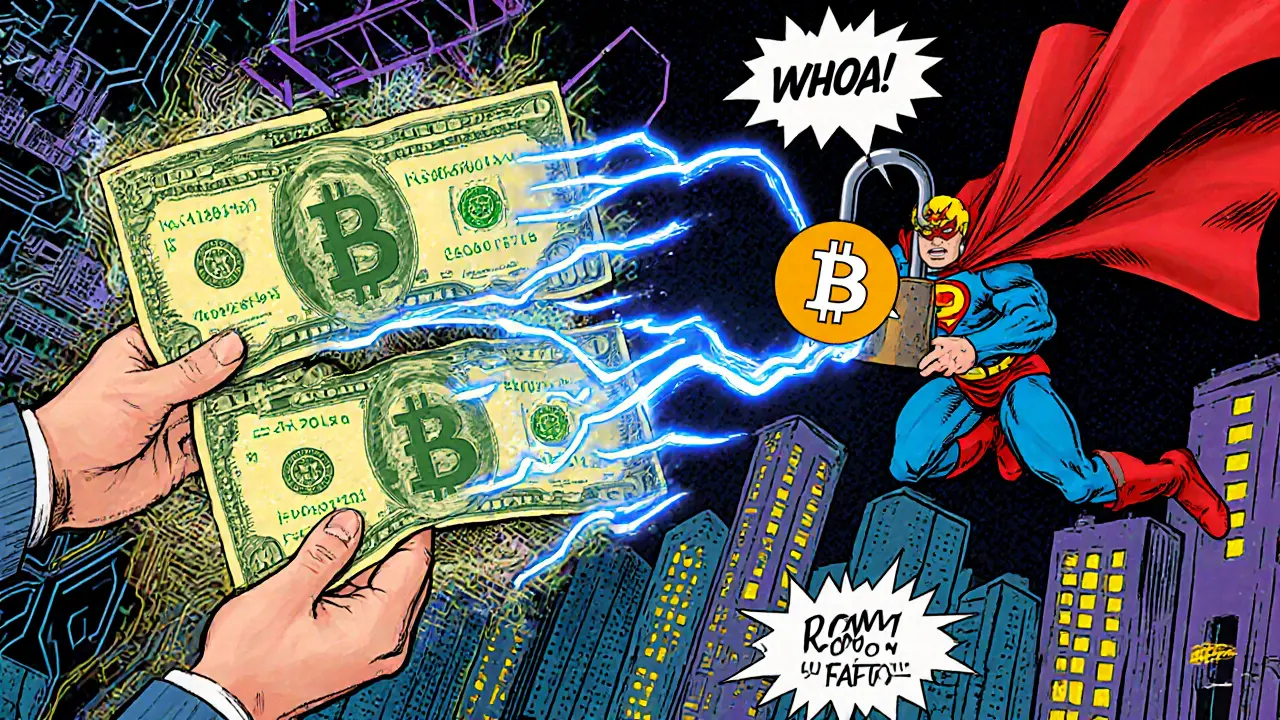Double-Spending: How It Works and How to Stop It
When talking about Double-Spending, the act of spending the same digital token more than once, often by exploiting network delays or weak consensus rules. Also known as double spend, it poses a direct threat to trust in any cryptocurrency. Double-Spending encompasses fraud attempts that try to create two conflicting transactions. It requires a consensus mechanism that can’t quickly agree on which transaction is valid, and it is influenced by the network’s mining difficulty, which determines how hard it is to rewrite recent blocks. Two key players in this story are Mining Difficulty, the algorithmic measurement that keeps block times stable and makes re‑mining expensive and Consensus Mechanism, the set of rules (like Proof of Work or Proof of Stake) that decide which block wins. When both are strong, the odds of pulling off a double‑spend drop dramatically.
Why Double-Spending Happens and Who Can Stop It
In a typical attack, a user sends a payment to a merchant, then quickly races to broadcast a conflicting transaction that redirects the same coins back to themselves. If the network’s nodes haven’t reached finality, the second transaction can outrun the first, especially on low‑hash‑rate chains where mining difficulty is low. Proof of Work chains like Bitcoin counter this by adjusting difficulty every 2016 blocks, making it costly to rewrite history. Proof of Stake systems, on the other hand, rely on stake weight and slashing penalties, which also deter attackers. Beyond consensus, tools like Multisig Wallet, wallets that require multiple signatures before funds move, add another layer of protection by making it harder for a single compromised key to approve a fraudulent spend. Even emerging tech such as blockchain sharding, which splits data across many nodes, can reduce the attack surface if shard validators coordinate properly.
For everyday users and developers, the takeaway is simple: watch the network’s difficulty charts, prefer platforms with robust consensus (or a hybrid model), and use multisig or hardware wallets whenever possible. If you’re building a DApp, embed checks that wait for multiple block confirmations before granting services. Identity solutions like Decentralized Identity (DID) can also help by tying transactions to verifiable credentials, making it easier to spot unusual spending patterns. All of these safeguards weave together to keep double‑spending attempts at bay. Below you’ll find a curated set of articles that break down mining difficulty, consensus designs, wallet security, and real‑world case studies, giving you the tools to understand and defend against this core blockchain threat.

How Bitcoin Prevents Double-Spending: A Deep Dive
Learn how Bitcoin's blockchain, proof of work, and transaction model stop double‑spending, ensuring secure peer‑to‑peer payments without banks.
October 18 2024